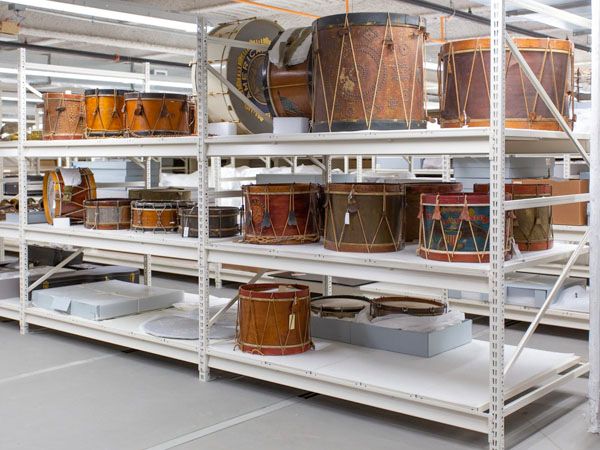3 Essential Tips for Campus Warehouse Organization
How to increase storage capacity without renting or building more space.
Universities are like small cities, with a variety of facilities from libraries and gyms to police departments and hospitals. It takes a lot of work — and a lot of stuff — to keep all those buildings running.
Some tips on campus warehouse organization:
- Consolidate storage to free up floor space.
- Optimize space on each rack.
- Install pallet racking on rails to free up floor space.
- Design a flexible, adaptable floor plan.
Campus warehouses support the entire campus, so they need to store and organize a wide variety of items. They need to store furniture, paint, tools, and other things that make the university a safe and pleasant place to be. Some of these items are slow-moving, while others are fast-moving — in other words, some items might sit in the warehouse for months or years before they’re put to use, while others, like surplus office furniture, might need to be housed in the warehouse for less than a week before they’re sold or repurposed.
With the COVID-19 pandemic, many campus warehouses were required to store more masks, custodial supplies, and other preparedness gear than ever before. These supplies needed to be kept organized and accessible to be sure they’re always at the ready.
Just like any other warehouse, campus warehouses must store a constantly changing product mix without significantly modifying the configuration of pallet racking and shelving. Changes in product mix are particularly noticeable in campus warehouses with the seasonal flow of surplus items, office supplies, and other supplies and equipment.
All these factors combine to create massive storage challenges. And when you consider that campus real estate continues to become more valuable, you can see why it’s important to maximize available space in existing warehouses.

Preparedness Equipment Supply Storage
The COVID-19 crisis intensified the space crunch in campus warehouses. With health and safety top of mind, some campuses chose to rent portable storage containers or additional warehouse space to accommodate bulk storage for masks and other preparedness equipment and supplies.
A more cost-effective long-term solution is the ActivRAC® Mobilized Storage System. ActivRAC increases storage capacity for supplies of every shape, kind, and volume.
Take for example Bellevue College, who installed an ActivRAC system prior to the pandemic to store surplus furniture, building materials, and custodial supplies. However, when COVID-19 struck, warehouse staff suddenly needed to create room for storing personal protective equipment and additional bulk cleaning supplies.
Preparedness Equipment Supply Storage
The COVID-19 crisis intensified the space crunch in campus warehouses. With health and safety top of mind, some campuses chose to rent portable storage containers or additional warehouse space to accommodate bulk storage for masks and other preparedness equipment and supplies.
A more cost-effective long-term solution is the ActivRAC® Mobilized Storage System. ActivRAC increases storage capacity for supplies of every shape, kind, and volume.
Take for example Bellevue College, who installed an ActivRAC system prior to the pandemic to store surplus furniture, building materials, and custodial supplies. However, when COVID-19 struck, warehouse staff suddenly needed to create room for storing personal protective equipment and additional bulk cleaning supplies.

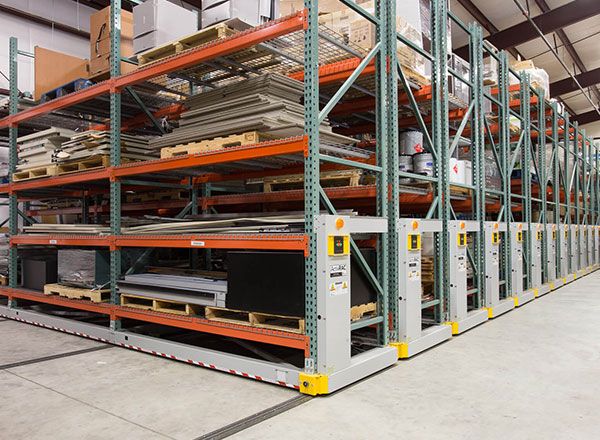
Consolidate Storage to Free Up Floor Space
When most people think of warehouses, they think of a building filled with pallet racking and shelving with wide aisles. That’s often the case in typical warehouses, but we’ve found that our campus warehouse clients often need open floor space for:
- Display of surplus items
- Seasonal parking for mowers and small utility vehicles
- Work areas for staging, repairs, and other tasks

Free up floor space by consolidating racking with one or two movable aisles.
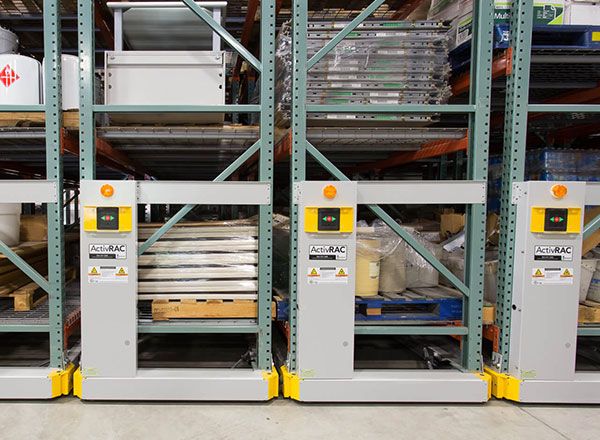
Campus warehouses need to be accessible and free of clutter, particularly because of the safety considerations involved when non-warehouse employees visit or work in the facility.
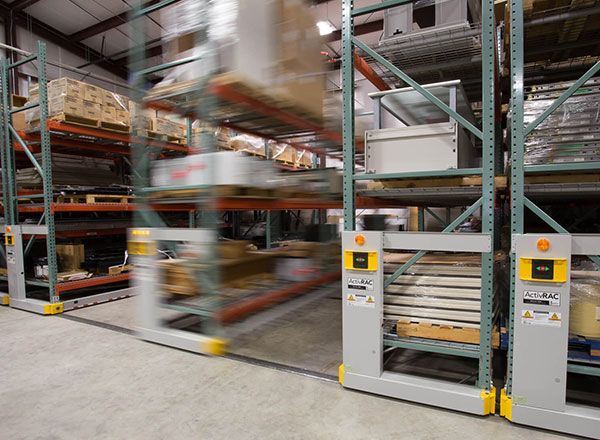
When designing a warehouse organization plan, consider mounting pallet racking on moveable “carriages” along a long back wall to free up floor space for other uses.
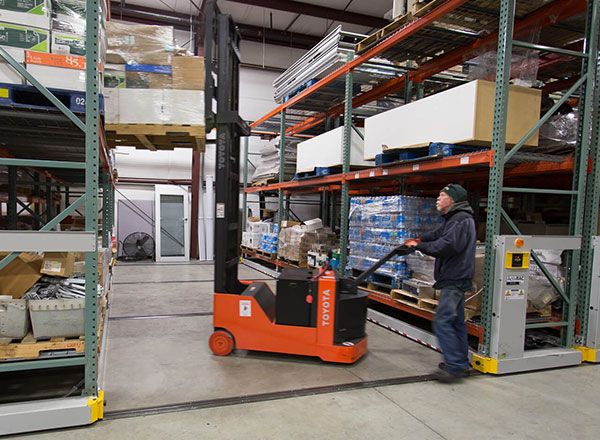
Aisles can be opened at the point of need, and the aisles can be wide enough to accommodate forklifts and hand trucks.
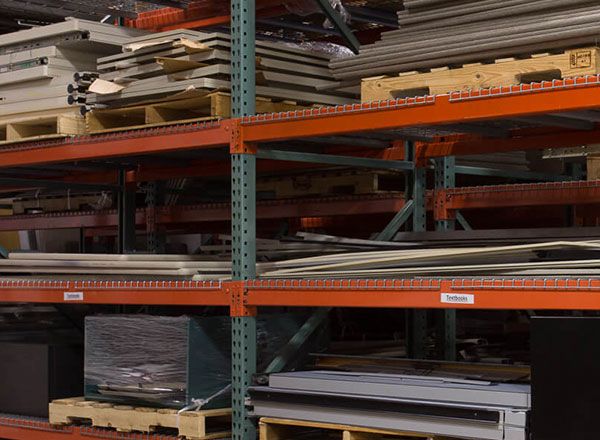
Optimize Space in Pallet Racking
Before designing your warehouse floor plan, we suggest taking photos of your pallet racking and other storage systems over the course of at least 12 months to get an idea of how the mix changes throughout the year. Then you can plan to purchase extra beams and position them closer together, for example, to gain pallet positions for smaller items and avoid empty space within the racking.


Looking for more information on campus warehouse organization and storage solutions?
Looking for more information on campus warehouse organization and storage solutions?


Design a Flexible, Adaptable Floor Plan
Your warehouse floor plan can’t change every time you take in new materials, so you need to design a system that’s flexible enough to accept a wide variety of stored items. A mix of storage types helps make the most of your space while also keeping everything in.
Next Up in Education
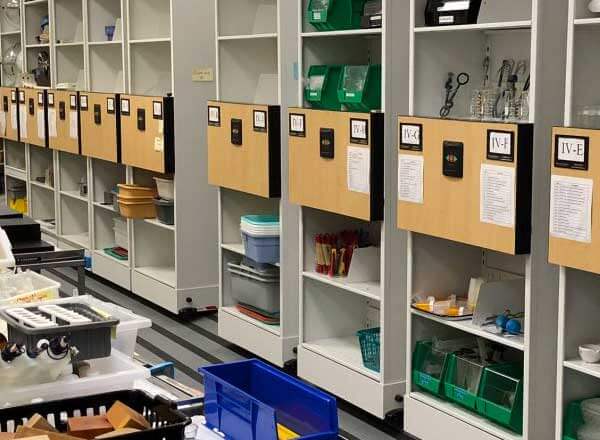
How to Organize and Protect Valuable Materials in Laboratories
Read On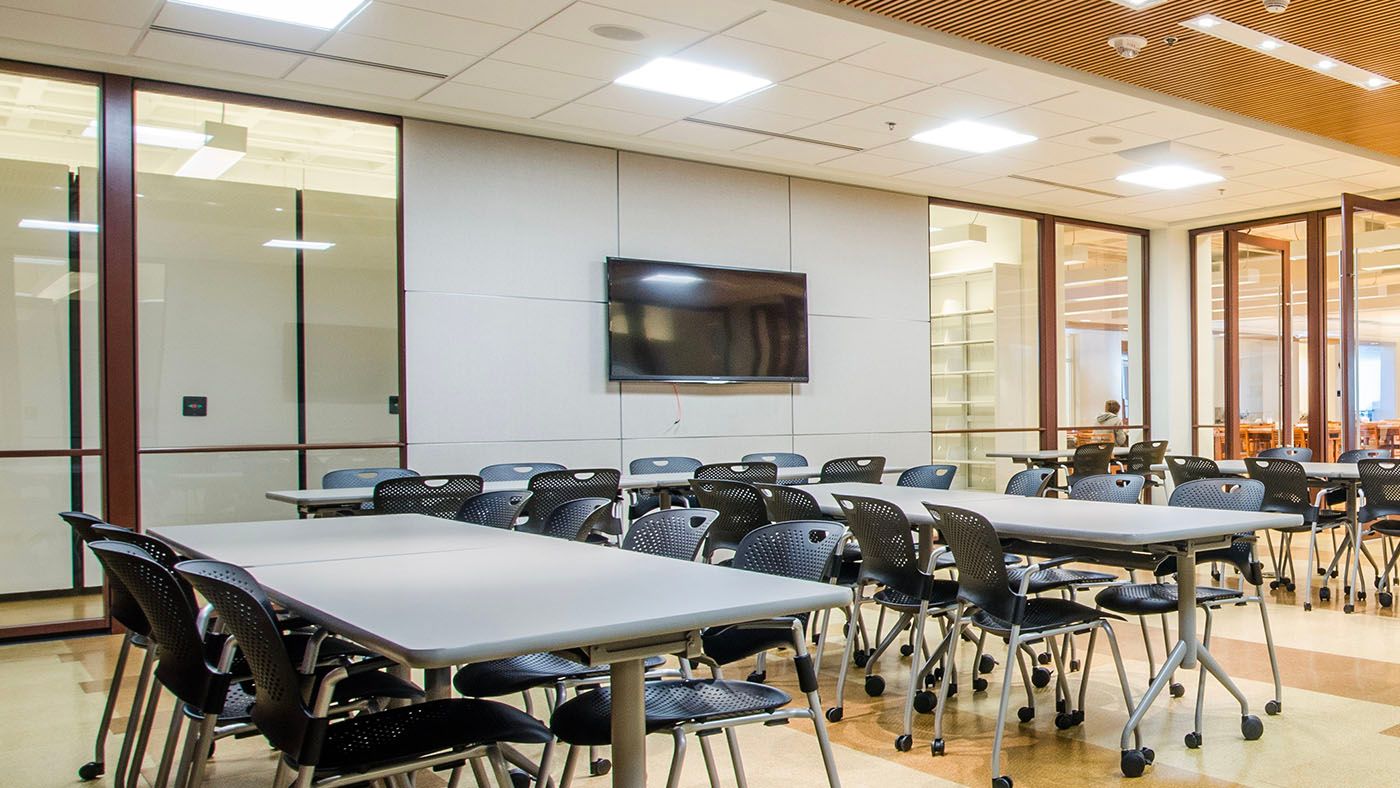
How does high-density mobile shelving optimize storage space compared to traditional shelving units?
Read On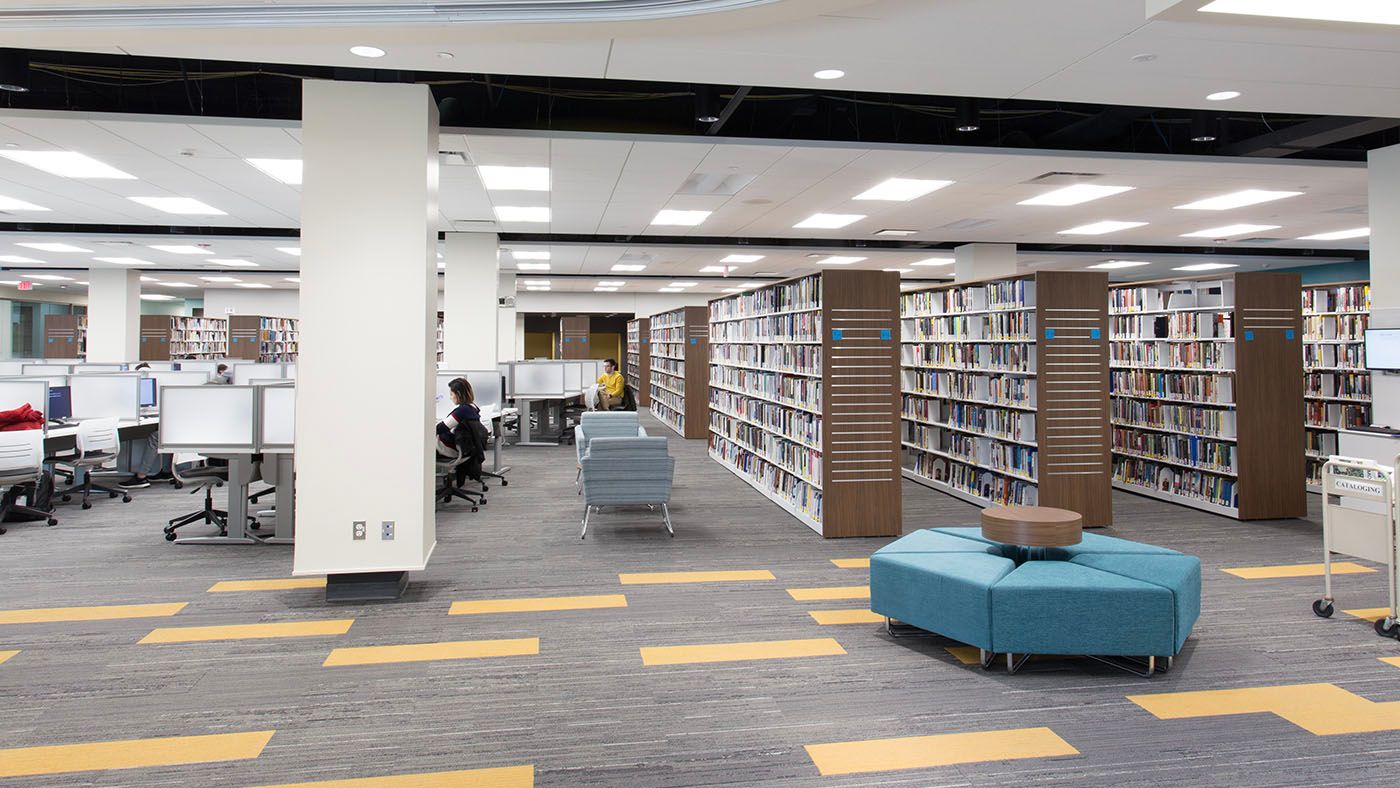
Spacesaver provides insights and installs geared toward advancing your campus library’s impact.
Read On

